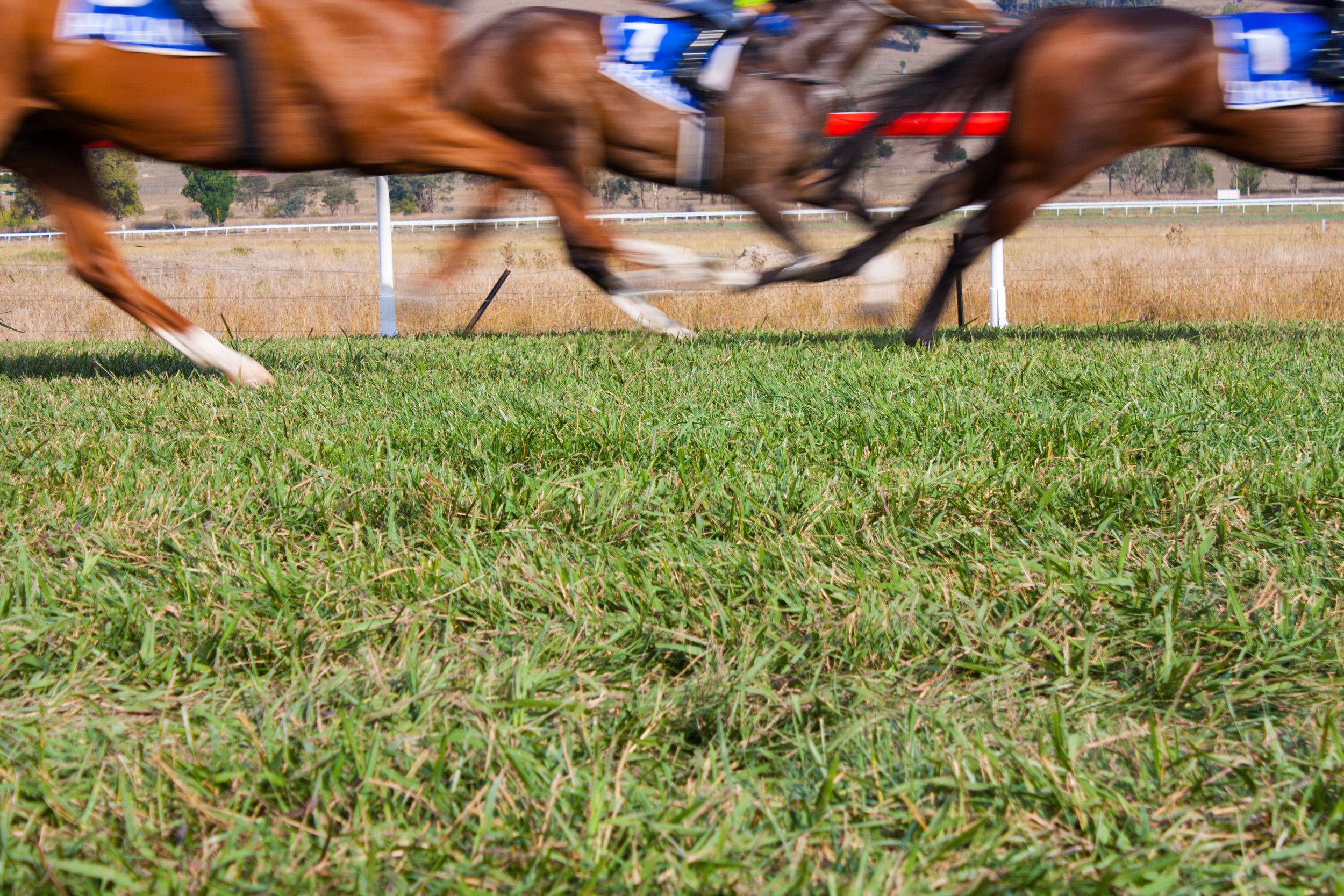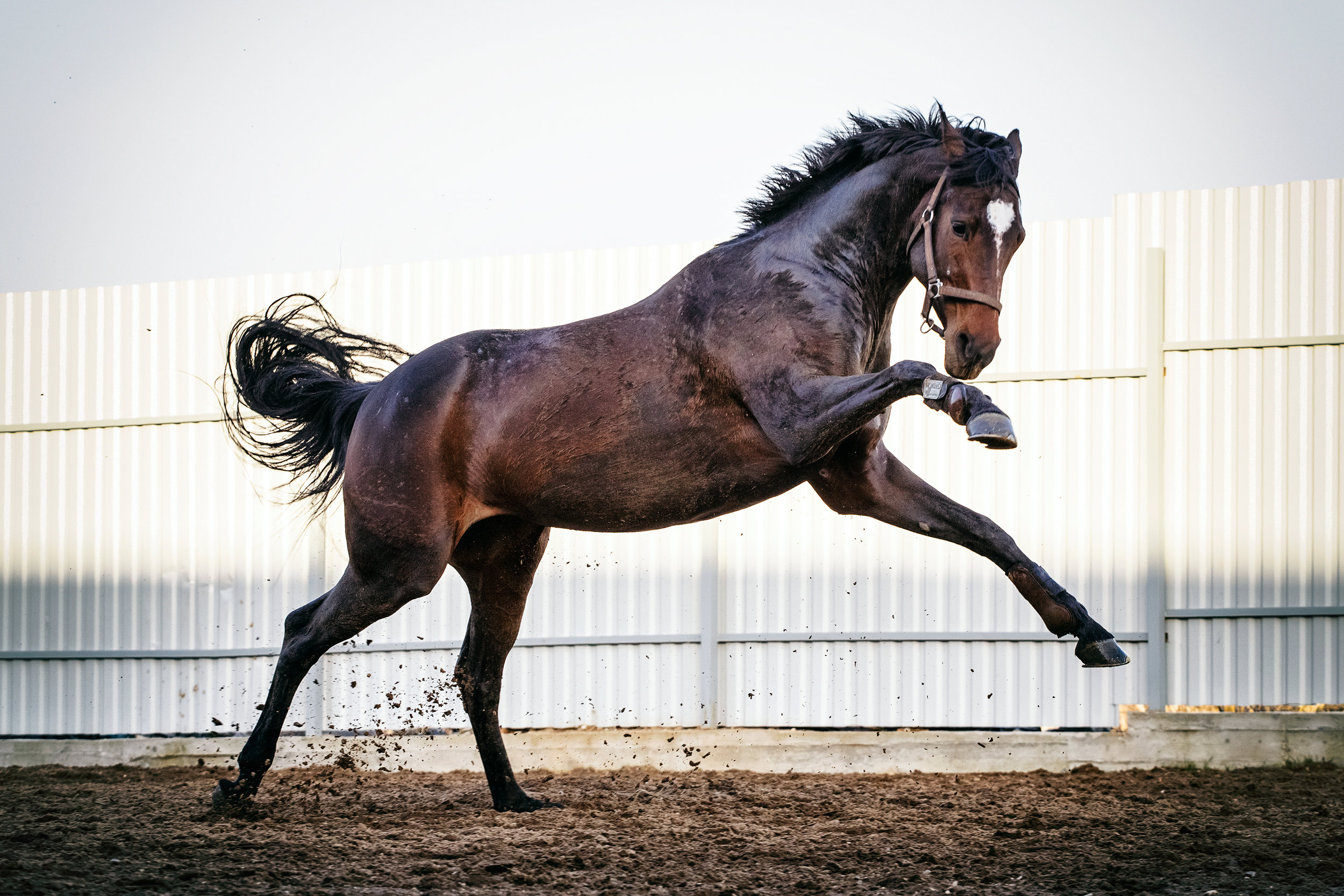New Jersey - Beginning sports betting revolution
/By Linda Dougherty
Flash back seven decades, to Thoroughbred racing’s “golden age,” when pari-mutuel wagering alone was able to sustain American racetracks. Huge crowds jammed grandstands, horses were heroes, and the sport had incredible popularity.
But as that “golden age” began to tarnish beginning in the 1980s, it became apparent that pari-mutuel wagering could not keep most racetracks afloat. And so, by the mid-1990s, a new revenue stream had emerged, and that came from expanded gaming from slot machines.
Racetracks in West Virginia were the first to reap the benefit of expanded gaming, and slowly but surely neighboring states in the mid-Atlantic region, like Delaware, Pennsylvania, New York, and Maryland, legalized slot machines for their racetracks, too. All of them saw once-paltry purses inflate like balloons -- all except those in New Jersey.
Saddled with the burden of coexisting with the Atlantic City casinos, with its importance to the state’s economy through both gaming and tourism, the horseracing industry in the Garden State has been unable to persuade the electorate to allow the installation of slot machines at racetracks. A casino industry purse subsidy to horseracing, which helped keep Monmouth Park and Meadowlands open, was terminated by Governor Chris Christie in 2011, leaving racing to try and survive while horsemen shopped elsewhere for richer races. But Christie, ironically, played a big role in what was to come for horseracing in his quest to legalize sports betting.
On May 14th, after hearing an oral argument in Christie v. National Collegiate Athletic Association, the Supreme Court struck down the 1992 federal law called the Professional and Amateur Sports Protection Act (PASPA) that banned commercial sports betting in most states. It opened the door for not only the state of New Jersey to benefit handsomely, but the racing and breeding industries, too -- by tens of millions of dollars each year.
For Monmouth Park, the Supreme Court decision won’t bring back the sport’s wonderful “golden age,” but the revenue will help keep the elegant oval, just miles from the sea, alive for many years to come.
“The future is rosy for us because the sports betting revenue will certainly generate the money that we need to have higher purses, extend our season, have more opportunities for our horsemen, our breeders, and bring New Jersey back to its glory days,” said Dennis Drazin, a lawyer who is the chief executive officer of Darby Development, the company that runs Monmouth Park, and an avid Thoroughbred owner and breeder.
A long road to sports betting
Congress passed PASPA almost unanimously in 1992 to preserve what lawmakers at the time felt was the integrity of the games. PASPA was sponsored by then-senator Bill Bradley, a New Jersey Democrat who once played for the New York Knicks of the National Basketball Association (NBA). Four states were not included under PASPA: Nevada, Delaware, Montana, and Oregon.
Over the years, New Jersey tried several times to implement sports betting at racetracks and casinos. In 2011, 63% of the state’s voters approved a ballot referendum that allowed the state constitution to be changed to permit sports betting at the sites of current and former horseracing tracks and casinos, with Christie signing enabling legislation the following January, which ultimately lost in court. But shortly thereafter, four professional sports leagues -- the National Football League, the National Hockey League, Major League Baseball, and the NBA, plus the National Collegiate Athletic Association -- sued Christie over the legislation, claiming that betting would “irreparably harm” sports in the United States, and successfully argued that the state was in violation of PASPA, igniting a fierce battle.
In 2014, the process repeated, with a new twist: Christie repealed an old state statute that banned sports betting at casinos and racetracks, leaving in place only some broad limits on the activity. After a federal appeals court ruled that the move failed to circumvent the law, it earned New Jersey the opportunity to argue before the Supreme Court, which led to the May 14th decision.
BUY THIS ISSUE IN PRINT OR DOWNLOAD -
August - October 2018, issue 49 (PRINT)
$5.95
August - October 2018, issue 49 (DOWNLOAD)
$3.99














